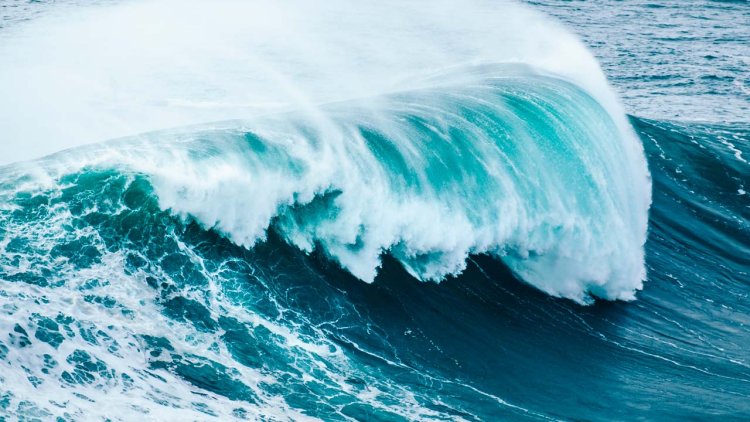AI transfer learning techniques help to study ocean internal waves
"AI technology can establish fast and direct mapping relationships in studying complex marine phenomena"

Internal waves are widely distributed in the ocean, and their amplitude can reach hundreds of meters, affecting the ocean environment.
Remote sensing is a crucial method for observing internal waves in the ocean. However, inversion of internal wave amplitudes from remote sensing images is not available.
Recently, a research team led by Dr. LI Xiaofeng from the Institute of Oceanology, Chinese Academy of Sciences (IOCAS), applied artificial intelligence (AI) transfer learning techniques to integrate data from laboratory, buoy, and remote sensing to study internal waves.
The study was published in Remote Sensing of Environment on Feb. 9.
The researchers applied in-situ and remote sensing data to establish a matched dataset for model training, and used AI transfer learning techniques to solve problems of different data source and accurately reconstruct three-dimensional structure of internal waves.
The AI transfer learning-based internal solitary wave amplitude inversion model is a two-stage model. In the first stage, transfer learning is applied to deal with different internal wave data sources. A tailored modification inspired by the ResNet called short connection is introduced. In the second stage, the model conducts bias-correction of the results of the first stage by using density information of the actual oceans.
Dr. LI said:
"The model can inverse the internal wave amplitude by taking satellite image extracted information as input, and the three-dimensional structure of internal waves can be reconstructed."
Related results demonstrate that developing inversion models for complex marine phenomena based on pure data-driven ocean information big data is reliable and feasible.
Dr. LI said:
"As a booming emerging technology, AI technology can establish fast and direct mapping relationships in studying complex marine phenomena."

























































































































































